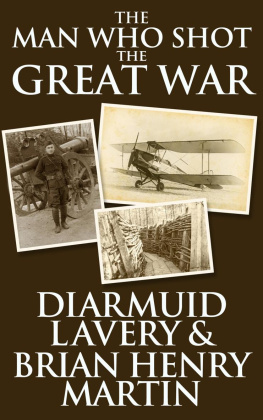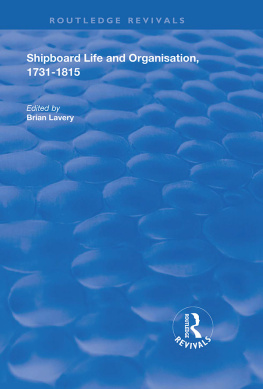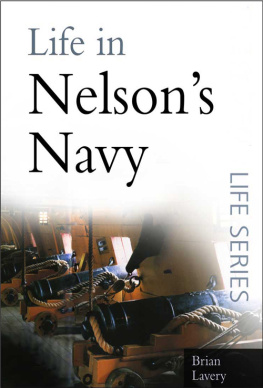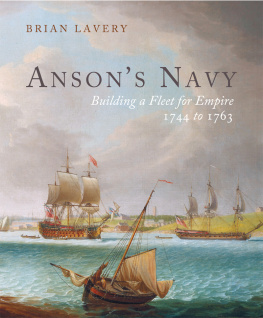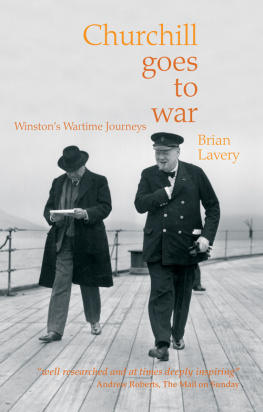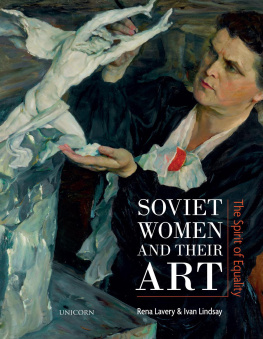The Man Who Shot the Great War
On October 3, 1915, Lance Corporal George Hackney set off for the Western Front of World War I.
He brought his camera with him.
This is the story of Hackney, a man who, as a private wartime photographer, shot priceless and rare photographs, never before seen, of the front line in World War I.
At the time, only officially registered photographers were permitted to take pictures, making Hackneys photographs as rare as they are important. In this eBook based on the documentary film, "The Man Who Shot the Great War", Several experts revisit the images and discuss what they tell us. They also attempt to fill in the story of this brave but conflicted photographer and his spiritual journey, both during and after the war. Among them are historian Philip Orr, Amanda Moreno of the Royal Irish Regiment Museum, and military historian Martin Pegler. We also hear from Hackneys friend Hushang Jamshidi, Paul Seawright, Professor of Photography and Head of Belfast School of Art at the University of Ulster; Franky Bostyn, Belgian Ministry of defense; Mark Scott, great-grandson of one of the men Hackney photographed; and Bobby McClung of St. Enochs Church, among others. As these experts discover his photographs, they learn about the man himselfhis previously unsuspected role in the war, and the ways his spiritual faith developed after he came home. The following transcript of their conversations is interspersed with some excerpts from George Hackneys own correspondence.

In Belfast, Northern Ireland is the house where Hackney lived. A radio in the kitchen is playing an old news report: On the Balmoral showground in the evening in the Queens presence, they held a remembrance service to mark the 50th anniversary of the Battle of the Somme.
Every July 1st, the battle is remembered in Northern Ireland, for Ulster regiments suffered tremendous casualties. They are old men now, but their memories of July 1916 have never faded.
Historian Orr: Who was this man? We know that photographs were illegal in the Western Front unless you were an official photographer, so who was this man who was able to travel up and down quite a range of sites on the Western Front, for a start, and take photographs?
Amanda Moreno, Royal Irish Regiment Museum: It was a puzzle right from the start. As a collection of photographs of the First World War, they are totally exceptional. In terms of what they tell us about the First World War for the 36th Ulster Division, Ive never seen anything like them before. I dont suppose I ever will again.
Military Historian Pegler: Anybody who served any time in the trenches wouldve seen things that no ordinary person should see. There must have been a lot of men who came back deeply disenchanted with what theyd been told about the loving God and that must have led them to question an awful lot of what theyd been told about faith.
Orr: George Hackney was clearly going through some kind of a spiritual and ethical journey because the man was there. He lost his friends, but he kept courageously and incisively pointing the camera to create an evocative and very resonant image of war and of suffering and its cost.
Hackney's friend, Hushang Jamshidi: This is an amazing experience for me to walk back into this house. As I walked in the door, I could almost see the smiling face of George Hackney standing there with his hand out and saying, Lovely to see you.
I got to know George little by little. It was like taking an onion and peeling it, it became peeled a bit at a time. The way that he talked to me, the way that he associated with me, he showed me so much respect and so much love that there was a heart-to-heart link there.
The history of him in the battle of the Somme and association with the battle of the Somme really came much later. He never talked about the war or any aspect of the war to me, but he said to me, I have got an album, I have got some pictures, some photographs that I would like you to see. And he went upstairs and came down with the album.
The standard of photography, the way that he had taken each photograph, was so unique and so interesting to look at. Then he asked me, as was his habit, What should I do with this album? and I remember saying, George, if it was me, I would give it to the Ulster Museum. And that was the one and only time that I actually saw the album.
---
In Messines, Belgium, Amanda Moreno showed the photographs to Franky Bostyn of the Belgian Ministry of Defense, who had never seen them before.
Moreno: This album was put together by George Hackney, who came from around Belfast, but he served with the Young Citizen Volunteers 14th Battalion Royal Irish Rifles, so this album covers the period of October 1915 to 1916, round about September, when George was wounded. So the photographs start off with
Franky Bostyn: That special quality already.
Moreno: Incredible, isnt it?
Bostyn: Yes, yes, they can really compete with what you know of later work of official photographers. They can compete with that.
Moreno: Theyre a lot better than any Ive seen in the catalog of the Imperial War Museum.
Bostyn: Very special. Besides the military value, I also see the value for the local history, and thats quite exceptional not only that he documents military life, but taking pictures of landscape at that time was not a common practice.
Moreno: No, he was a very skilled photographer. Every photograph is composed. Its not just a snap.
Bostyn: Its extremely rare that some of this quality
Moreno: Could be taken so discreetly that nobody knew about it.
Bostyn: Yes, and the fact that nobody has ever seen it up to today. If it was official in some way, it never ended up in official collections.
Moreno: He mustve kept his own negatives, and then he produced this album toward the end of the War.
Bostyn: But it never got out because Ive never seen any of these pictures.




